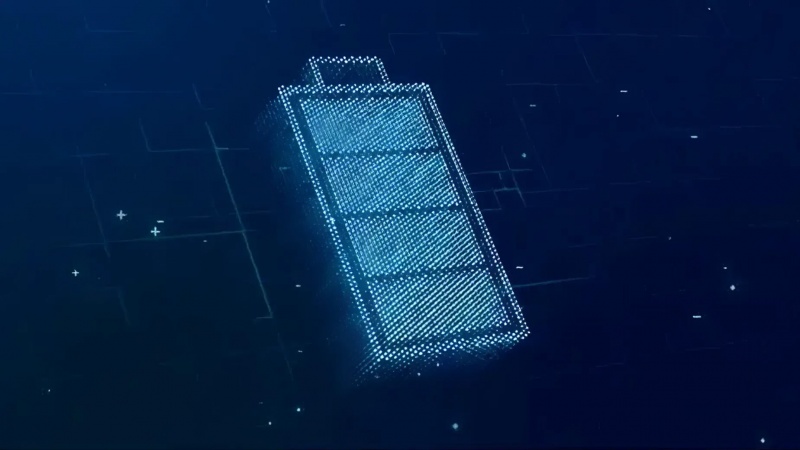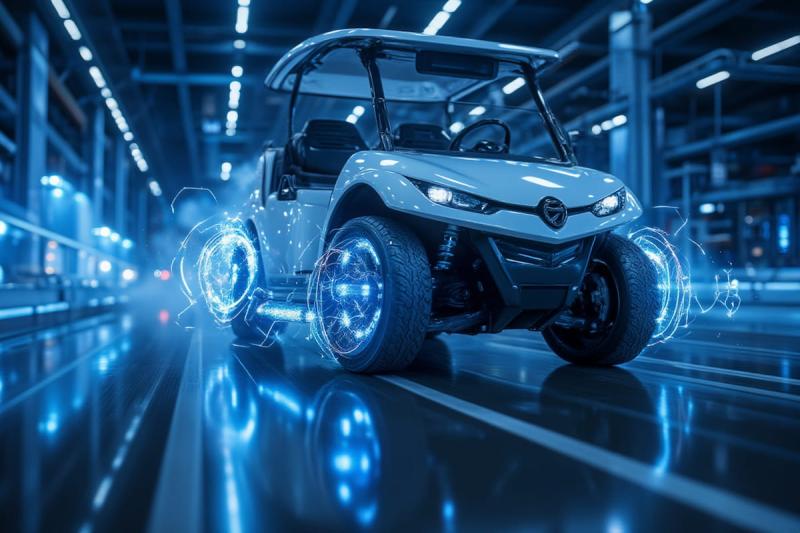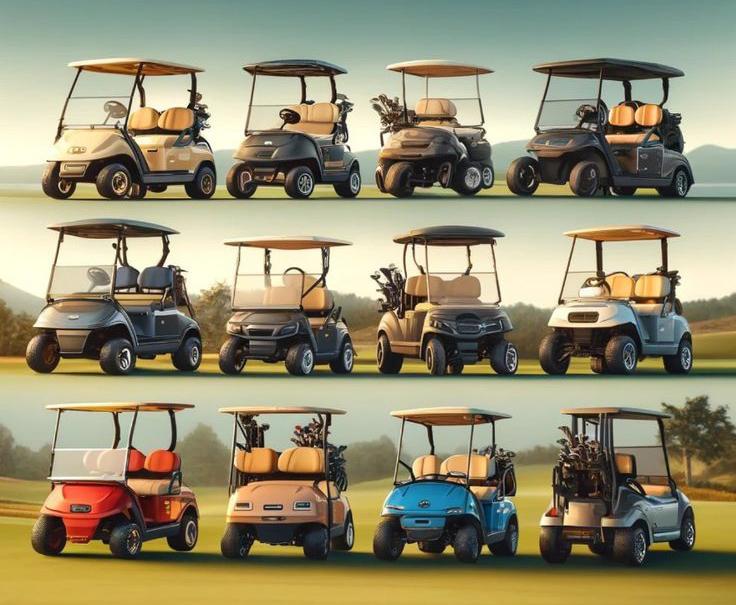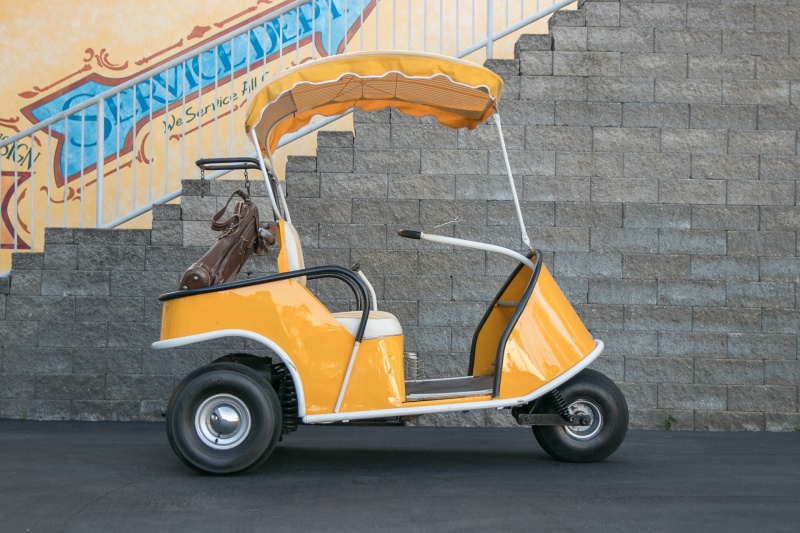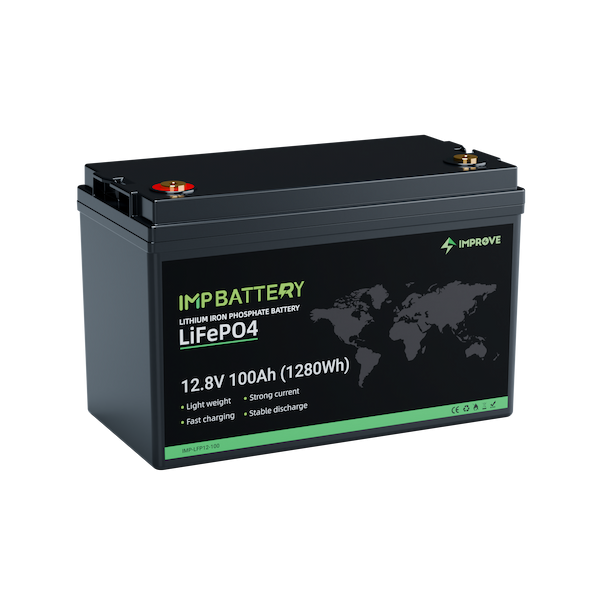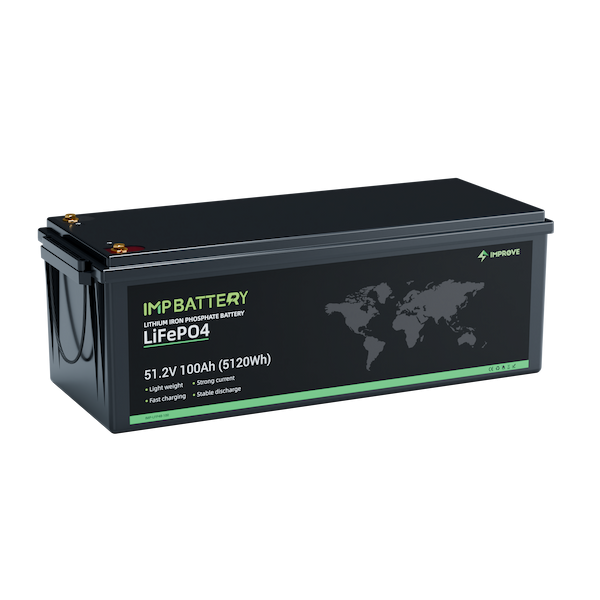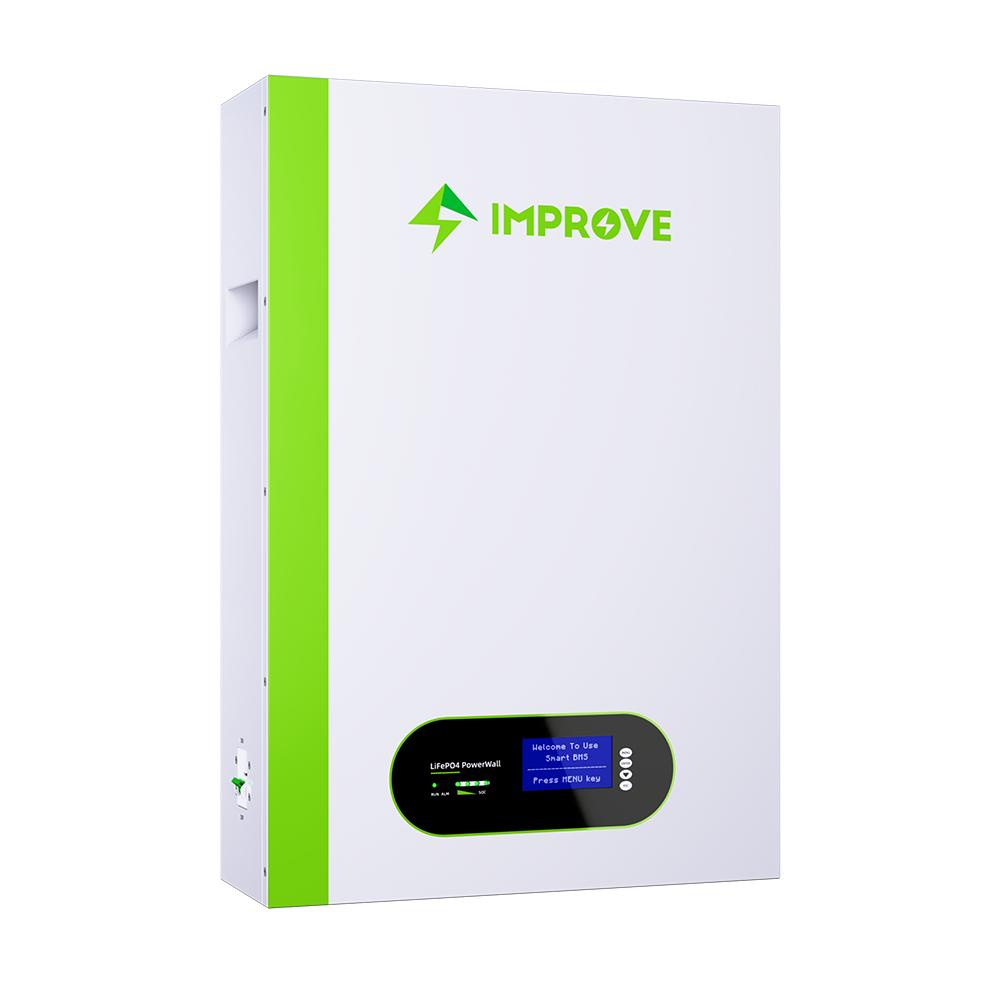The lithium iron phosphate battery has a single voltage of 3.2V, and is now generally used as a power source for electric vehicles.
Lithium iron phosphate batteries for electric vehicles are made of many single cells in series or parallel to achieve different voltage and capacity levels. Due to the discrete nature of batteries (each cannot be completely consistent), after a period of use (during charging and discharging), the voltage of each battery will become more and more different, some are higher than 3.2V, some are lower At 3.2V, this has a great impact on the entire battery pack, the overall capacity becomes smaller, and the lifespan is shortened.
The protection board circuit can detect the voltage and current of each battery in the series battery pack separately, and control the charging and discharging process of the battery pack. The voltage of each battery in the battery pack is between the overcharge detection voltage and the overdischarge detection voltage, and when there is no short circuit in the output, the MOS transistor is turned on, and P+ and P- output the battery pack voltage, allowing the battery pack to perform charging and discharging operations. . In addition, the protection board also has functions such as battery pack over-discharge protection, over-charge protection, over-current protection, and short-circuit protection.
Lithium iron phosphate battery refers to a lithium ion battery using lithium iron phosphate as a positive electrode material. The cathode materials of lithium-ion batteries mainly include lithium cobalt oxide, lithium manganate, lithium nickel oxide, ternary materials, lithium iron phosphate, etc. Among them, lithium cobalt oxide is the cathode material used in the vast majority of lithium-ion batteries.
Improvement of safety performance of phosphoric acid in Chinese name
The P-O bond in the lithium iron phosphate crystal is stable and difficult to decompose. Even at high temperature or overcharge, it will not collapse and generate heat like lithium cobalt oxide or form strong oxidizing substances, so it has good safety. A report pointed out that in the actual operation, a small number of samples were found to be burning in the acupuncture or short-circuit experiments, but there was no explosion. explosion phenomenon. Even so, its overcharge safety has been greatly improved compared with ordinary liquid electrolyte lithium cobalt oxide batteries.
improvement in lifespan
Lithium iron phosphate battery refers to a lithium ion battery that uses lithium iron phosphate as a positive electrode material.
The cycle life of long-life lead-acid batteries is about 300 times, and the maximum is 500 times, while the cycle life of lithium iron phosphate power batteries can reach more than 2,000 times, and the standard charging (5-hour rate) can reach 2,000 times. The lead-acid battery of the same quality is “new half year, old half year, and maintenance and maintenance for half a year”, which is 1~1.5 years at most, and lithium iron phosphate battery is used under the same conditions, the theoretical life will reach 7~8 years. Comprehensive consideration, the performance-price ratio is theoretically more than 4 times that of lead-acid batteries. High-current discharge can quickly charge and discharge high-current 2C. Under the special charger, the battery can be fully charged within 40 minutes of 1.5C charging, and the starting current can reach 2C, while lead-acid batteries have no such performance.
Good high temperature performance
The electric heating peak of lithium iron phosphate can reach 350℃-500℃, while lithium manganate and lithium cobaltate are only around 200℃. Wide operating temperature range (-20C — +75C), with high temperature resistance, the electric heating peak of lithium iron phosphate can reach 350℃-500℃, while lithium manganate and lithium cobaltate are only around 200℃.
High capacity
Has a larger capacity than ordinary batteries (lead acid, etc.). 5AH-1000AH (single)
No memory effect
Rechargeable batteries often work under the condition of being fully charged, and the capacity will quickly drop below the rated capacity. This phenomenon is called the memory effect. Like nickel-metal hydride and nickel-cadmium batteries, there is memory, but lithium iron phosphate batteries do not have this phenomenon. No matter what state the battery is in, it can be used at any time without having to discharge it before charging.
Light weight
The volume of the lithium iron phosphate battery with the same specification and capacity is 2/3 of the volume of the lead-acid battery, and the weight is 1/3 of the lead-acid battery.
Environmental friendly
The battery is generally considered to be free of any heavy metals and rare metals (nickel-metal hydride batteries require rare metals), non-toxic (SGS certification), non-polluting, in line with European RoHS regulations, and an absolute green battery certificate. Therefore, the reason why the lithium battery is favored by the industry is mainly due to environmental protection considerations. Therefore, the battery has been included in the “863” national high-tech development plan during the “Tenth Five-Year Plan” period, and has become a key project supported and encouraged by the state. With China’s entry into the WTO, the export volume of China’s electric bicycles will increase rapidly, and electric bicycles entering Europe and the United States have been required to be equipped with non-polluting batteries.
However, some experts said that the environmental pollution caused by lead-acid batteries mainly occurs in the non-standard production process and recycling process of enterprises. In the same way, lithium batteries belong to the new energy industry, but it cannot avoid the problem of heavy metal pollution. Lead, arsenic, cadmium, mercury, chromium, etc. in the processing of metal materials may be released into dust and water. The battery itself is a chemical substance, so it may cause two kinds of pollution: one is the process waste pollution in the production project; the other is the battery pollution after scrapping.
Lithium iron phosphate batteries also have their shortcomings: for example, low temperature performance is poor, the tap density of positive electrode materials is low, and the volume of lithium iron phosphate batteries of equal capacity is larger than that of lithium ion batteries such as lithium cobalt oxide, so it has no advantages in micro batteries. When used in power batteries, lithium iron phosphate batteries, like other batteries, need to face the problem of battery consistency.


